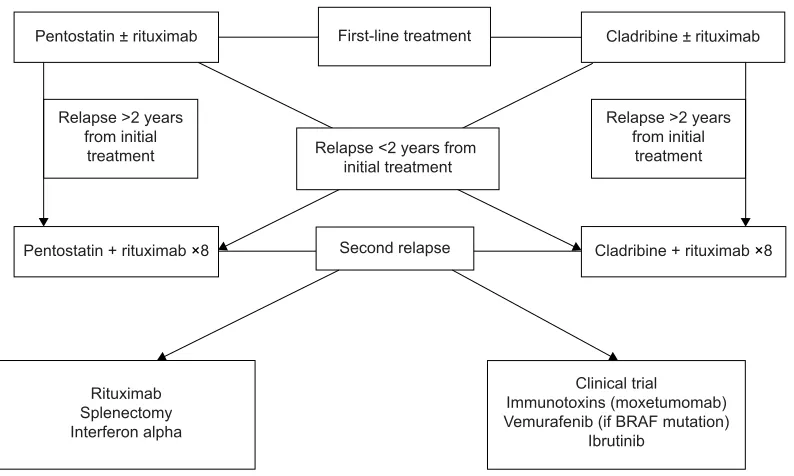Current and emerging treatment options for hairy cell leukemia
Full text
Figure




Related documents
Single Cell Gel Electrophoresis is been a significant method to explore the DNA damage in eukaryotic cells for which migration of damaged DNA fragments to the
Historical (grey) and projected lower emissions (blue) and higher emissions (red) average number of precipitation events per decade with more than 4 inches of rain in 48 hours,
In our first proposal we calculate a robust estimator from the claims of each contract and use then linear credibility based on these estimators instead of the original claims.. In
THE EFFECT OF RUMEN- PROTECTED PROTEIN AND AMINO ACIDS, AND GENETIC MILK CASEIN POLYMORPHISM ON DAIRY COWS’
employment share for automotive parts suppliers in the United States has consistently been greater than the. share of workers at
We measure child labor as a country aggregate, and credit constraints are proxied by the extent of financial development.. These two variables display a strong negative
long-term demand for energy coal is expected to increase, its demand for seaborne coal is likely to decline. Source: Wood Mackenzie; IEA; BHP
It is notable that the optimized NLC formulation resulted in a signi fi cantly higher in vitro deposition of PPD in both the Strat-M and human cadaver skin studies than that from
